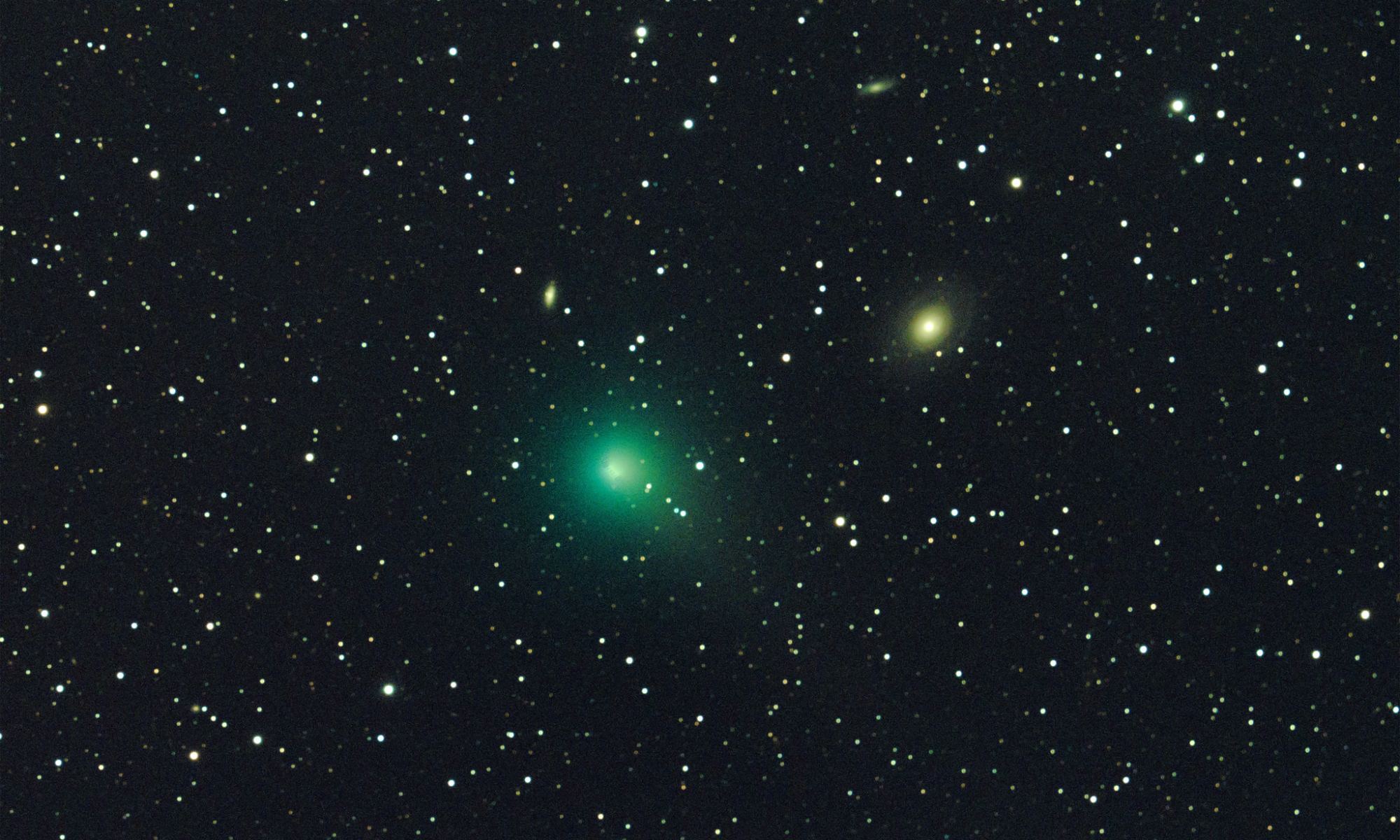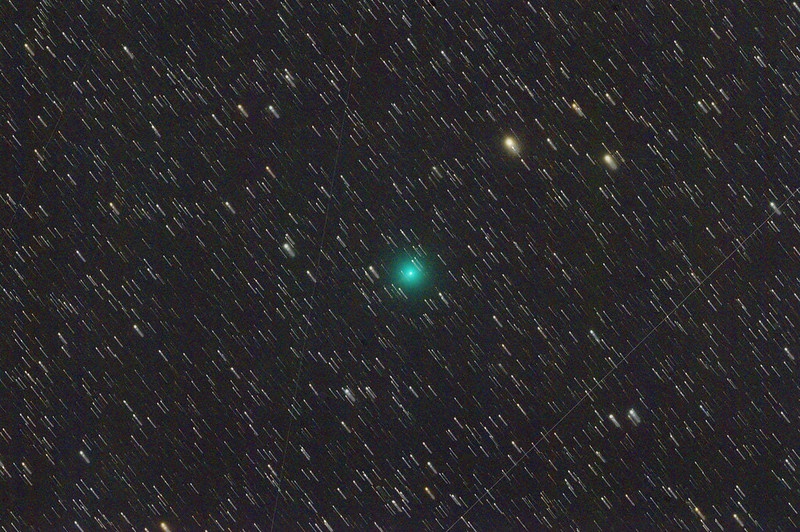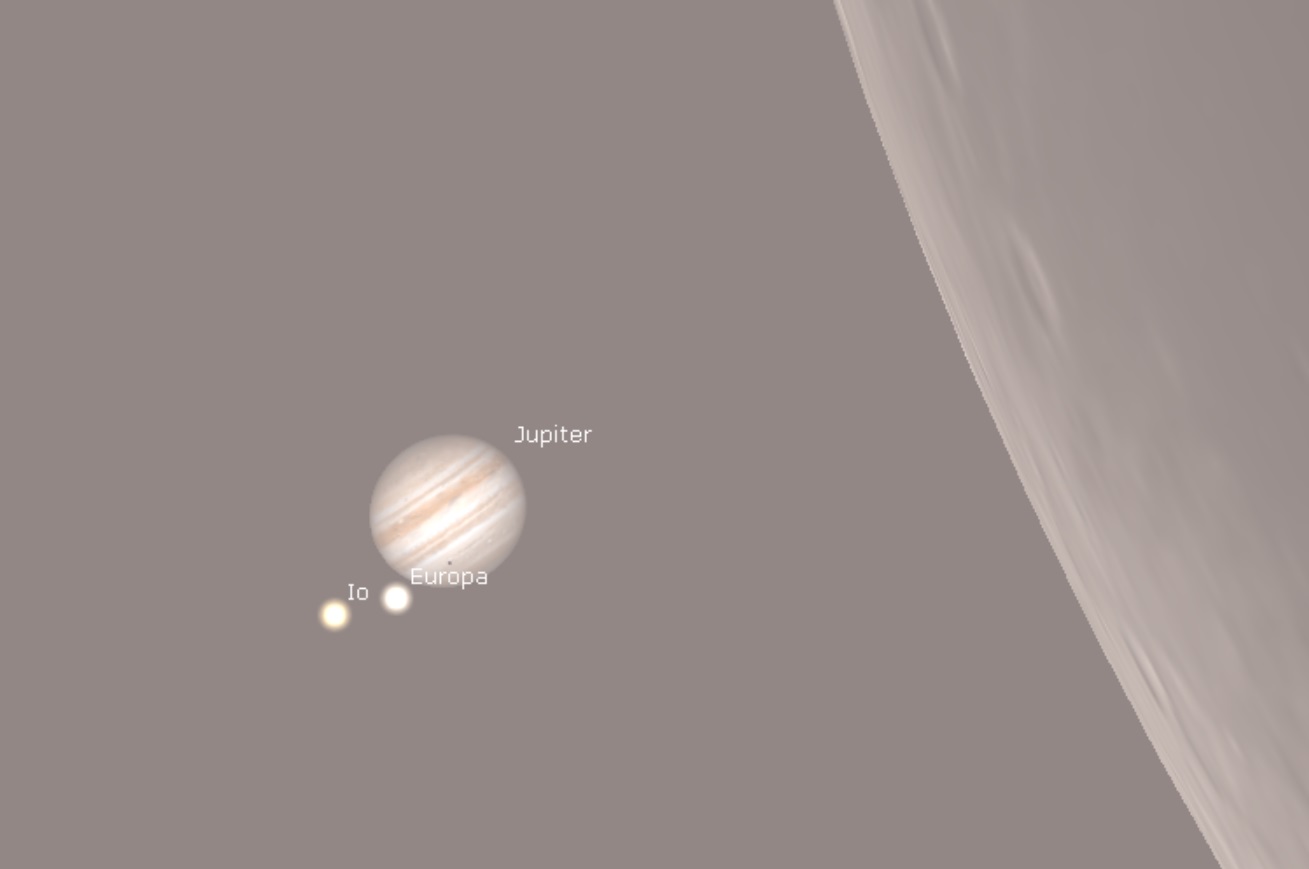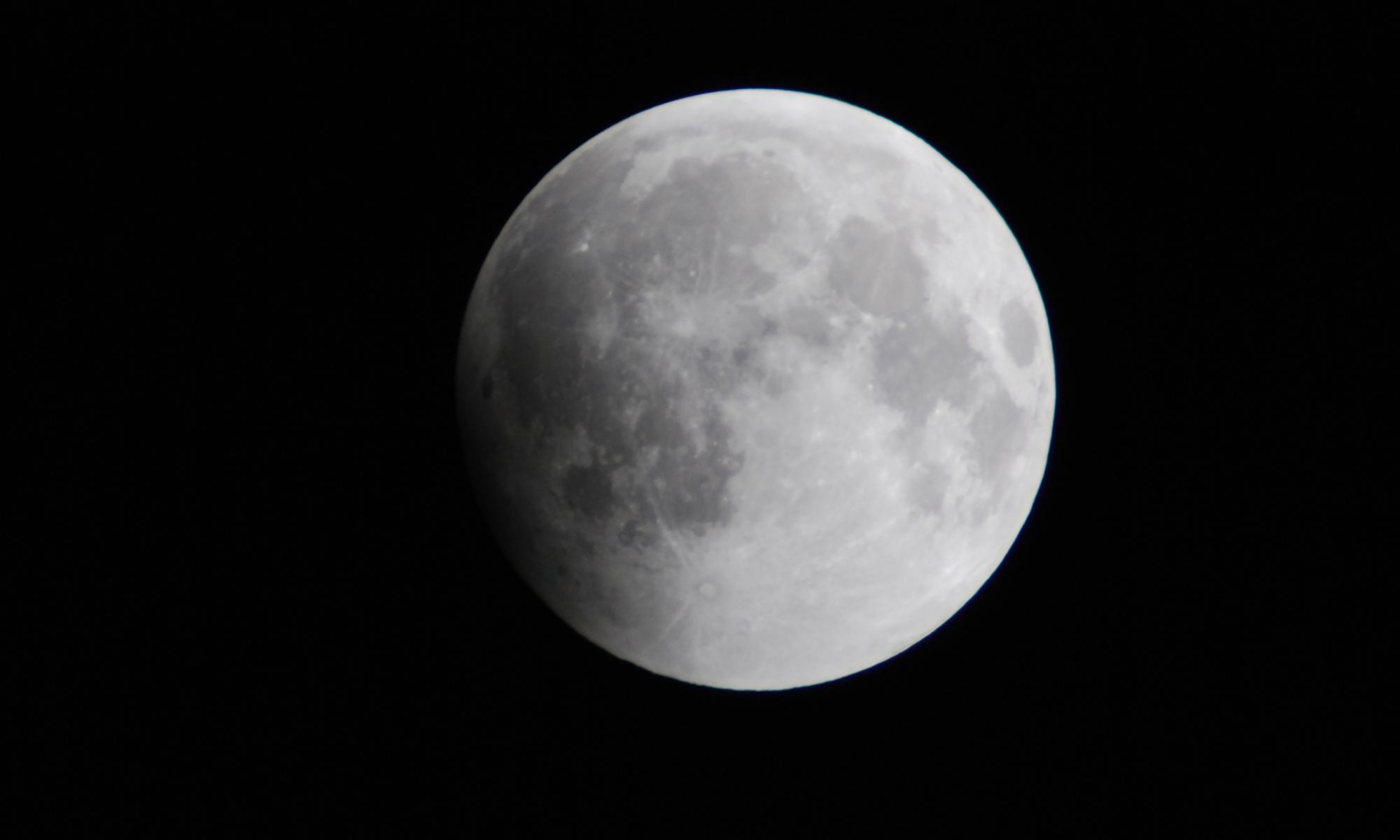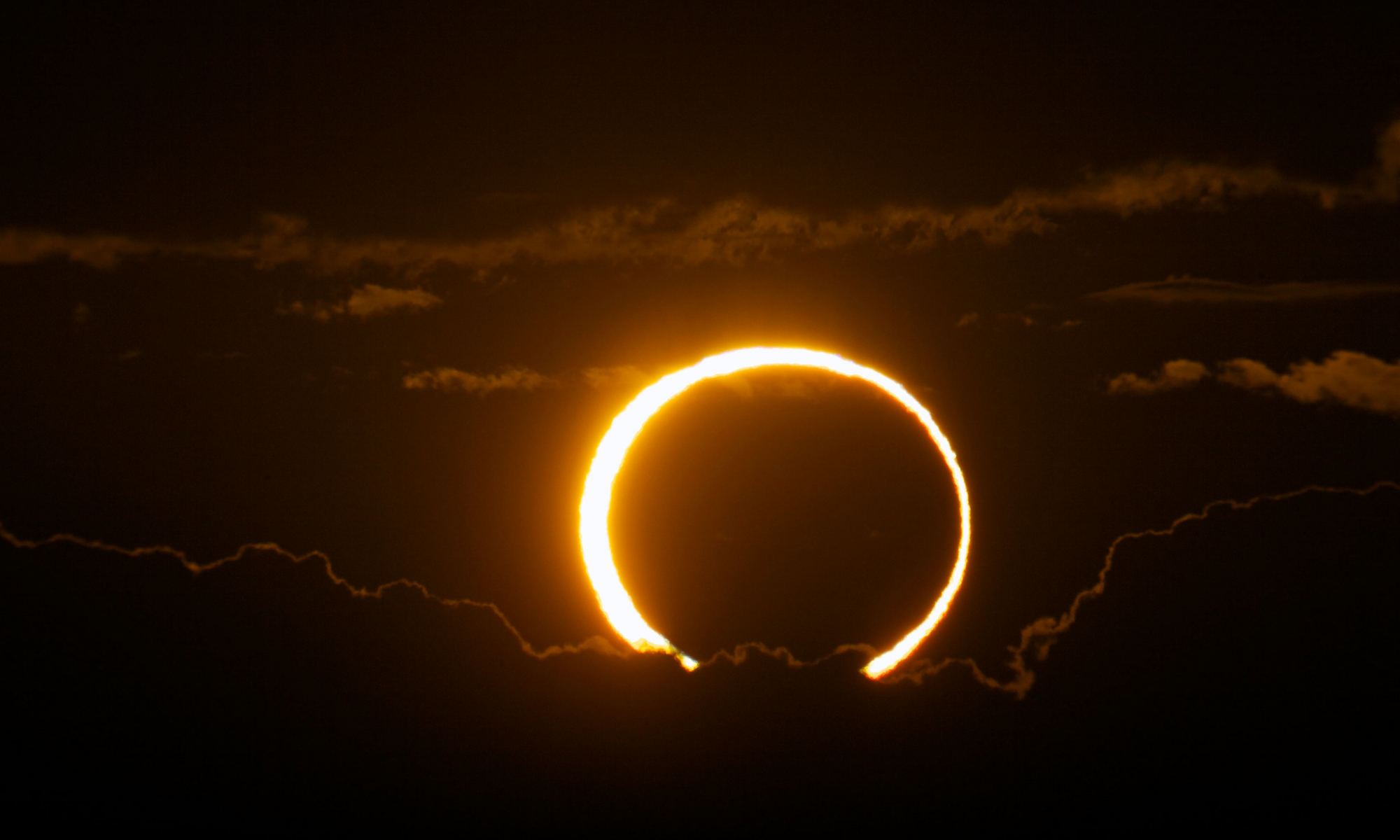Enigmatic North Korea may attempt to put a satellite in orbit, as early as this week.
Update: May 31st – Alas, it was not meant to be. While North Korea’s latest satellite launched last night on the first day of the launch window at 21:29 Universal Time (UT), the rocket seems to have experienced an anomaly on the second stage, and the now posthumously named ‘Cheollima-1’ rocket with the ‘Malligyong-1’ (‘grand view’ (?) in Korean) satellite splashed down in the Sea of Korea. This trajectory would seem to indicate that the mission was indeed aiming for a sun-synchronous orbit.
Satellite spotters worldwide may have a new clandestine target to hunt for in orbit soon. The North Korean government announced possible plans this week to field another satellite into orbit by mid-June. This comes after a public visit by leader Kim Jong Un and his daughter Kim Ju-Ae to a DPRK National Aerospace Development Administration (NADA) aerospace facility earlier this month. Kim “approved the future action plan of the preparatory committee,” according the Korean Central News Agency, and said that the satellite was “an urgent requirement of the prevailing security environment of the country.”
Continue reading “North Korea May Launch Spy Satellite Soon”

